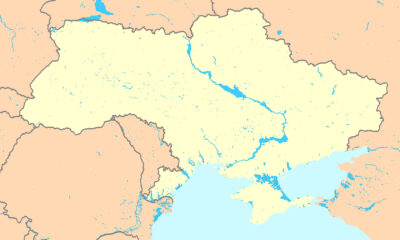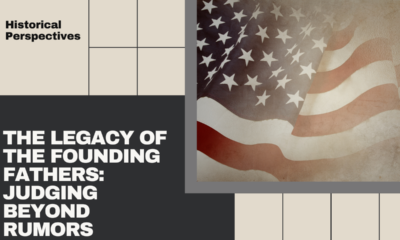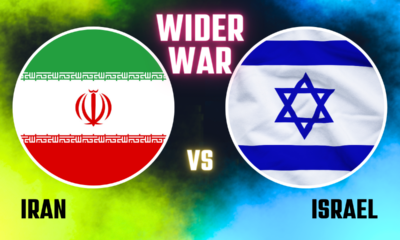Civilization
Recognize the Spanish Contribution to American Independence
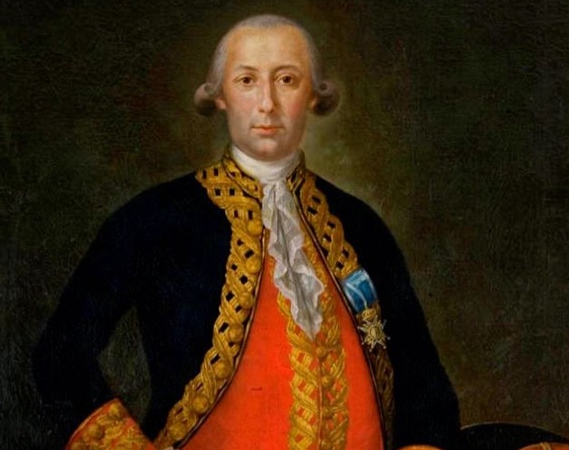
May 8th is Gálvez Day in Pensacola, Florida. A celebration of Bernardo de Gálvez, commander of the Spanish force that defeated Britain at the 1781 Siege of Pensacola, it recalls the Spanish role in the American Revolution.
Spanish interests in the Americas
The day, however, should be more than a local holiday. It should be recognized throughout the nation as a reminder that the American Revolution was an international war in which Americans were only a portion of the combatants.
Though Spain was not officially a U.S. ally, the two nations had a common enemy in Britain. Spain joined the war in 1779 not to help the 13 newly independent states, but to advance its own interests. Spain hoped to win back territories it had lost in earlier wars such as Gibraltar, the gateway to the Mediterranean Sea, and the Floridas, where ships sailing home from Cuba to Spain had to pass.
Gálvez, a career soldier, was appointed Governor of Spanish Louisiana in 1777. Even before Spain was a belligerent, he allowed arms to pass through New Orleans to the Americans, with only a shrug for any Briton who objected.
Once war was declared, Gálvez began the Gulf Coast Campaign, a three-step assault on British West Florida, which covered the panhandle west to the Mississippi River.
Bernardo de Gálvez’ campaigns
In 1779, he led a group of Spanish regular army soldiers, local militia, free blacks, and a handful of Americans through the swamps to Baton Rouge, on the eastern, British side of the Mississippi. The town fell after a short siege.
In 1780, he gathered a joint land-sea force, supplemented by ships from Havana, to attack Mobile. Another brief siege followed, and a second chunk of West Florida passed to Spanish control.
Gálvez’s greatest triumph came the following year when another siege forced the British to surrender Pensacola and the remainder of West Florida.
Success didn’t come easily. Pensacola was well-protected by batteries on the barrier islands guarding the entrance to Pensacola Bay.
When the first Spanish ship to enter the bay hit a sandbar, the Spanish naval commander balked. He wasn’t going to risk getting his ships stuck, lying exposed to British cannon fire. Gálvez insisted they move forward. He sent a letter to the naval commander’s ship, asking “those with honor and courage to follow him.” A witness testified that Gálvez promised to lead the way from his own vessel and “show them that they had nothing to fear.” He made good on his promise – the remaining ships followed him to safety inside the bay.
Capture of Pensacola
After passing the barrier islands, Gálvez addressed his men. “I, my sons, went alone to sacrifice myself, so as not to expose a single soldier” to harm. Gálvez was apparently both forgetful – he didn’t sail a ship singlehandedly – as well as a skilled editor. Over time, he shortened his dramatic line to “Yo solo” – “I alone” – and added the phrase to his coat of arms. It became his motto.
Making landfall, the siege began. A few weeks later, it ended with the British commander surrendering the town of Pensacola and the colony of West Florida.
Since the Gulf Coast Campaign was a thoroughly Spanish operation with little American involvement, it’s easy to overlook its importance to the overall defeat of Britain. Yet, Britain’s loss of West Florida was dismaying to officials in London. After six long years of fighting, Britain was not only failing to conquer America, it was actually losing territory once considered loyal. “Britain had, for the first time in the war,” notes historian Kathleen DuVal, “lost a colony that had not rebelled.”
When an even more humiliating surrender followed at Yorktown, Virginia, in October 1781, British officials could no longer sustain the belief that winning the war was likely. They moved toward negotiating a peace that recognized American independence.
Remembering a Spanish victory
In the traditional story of America, the Revolution takes place in New England, New York, Pennsylvania, Virginia, and the Carolinas, where hearty colonists beat back veteran red coats. But in reality, the Revolution also took place along the Gulf Coast.
The Revolution was fought by men from many different backgrounds for reasons that didn’t include the creation of a new nation. As Gálvez himself said, he commanded “men of all conditions, nations, and colors,” and he served at the pleasure of his king.
As we approach the 250th anniversary of the Declaration of Independence in 2026, Americans are expecting a commemoration that embraces the diverse backgrounds of the war’s participants and acknowledges its many different meanings.
There’s no better way to meet those expectations than by remembering Gálvez and the Spanish victory that was also a victory for America.
This article was originally published by RealClearPublicAffairs and made available via RealClearWire.
David Head is an Associate Lecturer in the Department of History at the University of Central Florida and is a fellow with the Jack Miller Center.
-

 Executive4 days ago
Executive4 days agoPeter Daszak finally gets his!
-
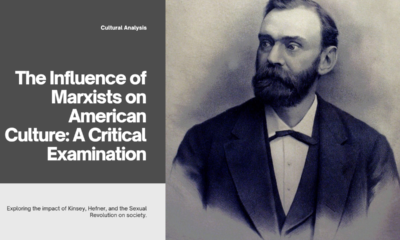
 Clergy1 day ago
Clergy1 day agoCHAPTER 17: Cultural Terrorism Comes to America – Space Is No Longer the Final Frontier—Reality Is (forthcoming release June 2024)
-
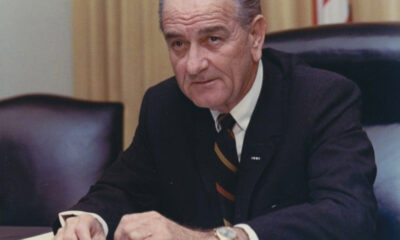
 Civilization4 days ago
Civilization4 days agoRacism That Once Was, Is No More
-

 Civilization2 days ago
Civilization2 days agoTrump changes demographic rules
-

 Civilization3 days ago
Civilization3 days agoWho is Valentina Gomez?
-

 Civilization2 days ago
Civilization2 days agoWHO’s Odious Plans for Humanity
-
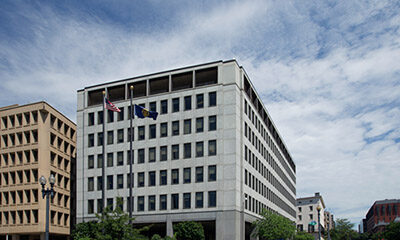
 Executive4 days ago
Executive4 days agoToxic Atmosphere at FDIC Spurs Calls for Chair’s Resignation
-
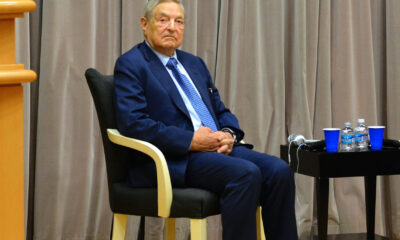
 Education2 days ago
Education2 days agoBillionaires Funding Protests Donate Millions to House Dems








